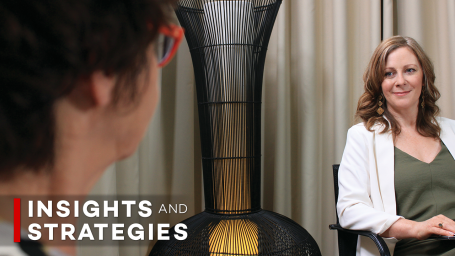
Kylie Bell describes the surprising aspects of Rick Snyder’s hope theory: namely that it leads to a 14% bump in productivity because people are happier and more focused. Hope theory gives people a stronger chance of achieving goals. Kylie Bell shares with Eve Ash the importance of setting SMART goals (specific, measurable, achievable, relevant and timely) as part of incrementalizing hope theory. People need to visualize what they want, devise logical pathways to ensure it happens, consider alternate pathways when there are setbacks, stay motivated and plan rewards for when they get there.
Learning Objectives
• Apply Snyder's Hope Theory to visualize and achieve goals
• Identify the essentials of Hope Theory
• Create SMART goals - Specific, Measurable, Achievable, Relevant/Realistic, Timely – and a Hope Map to achieve them
• Plan alternate pathways for obstacles and setbacks
• Maintain motivation
• Plan rewards as goals are reached
Interviewer: Eve Ash
Interviewee: Kylie Bell







